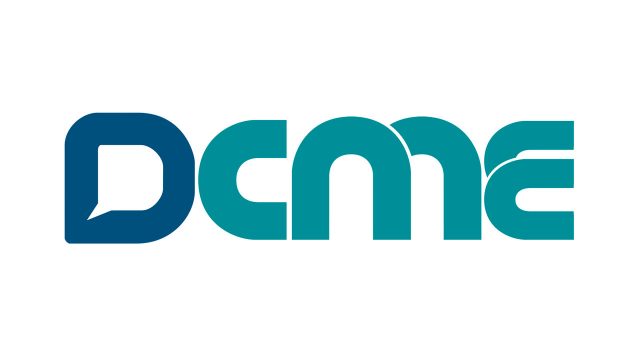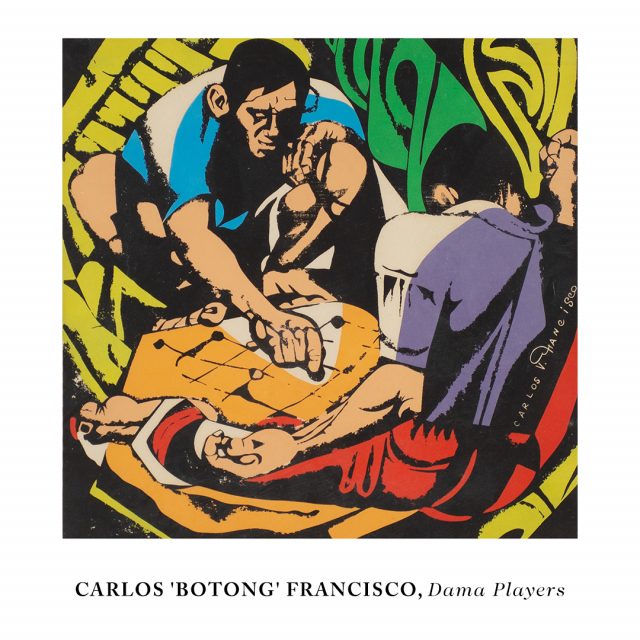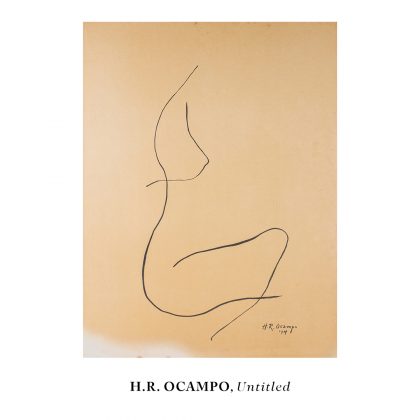National asset management plan released
ECONOMIC MANAGERS on Monday released a national asset management plan (NAMP) to maximize government funds as it invests in infrastructure projects.
The Department of Finance, Department of Budget and Management, and the National Economic and Development Authority in a Joint Memorandum Circular No. 2022-1 said that the government’s two-year asset management plan will be used to spend the country’s limited resources on assets that need funding most.
The NAMP, which covers fiscal years 2022-2023, provides information that can be used for timely infrastructure investment decisions by the government.
“Asset management essentially enables an organization to realize value from assets in the achievement of its organizational objectives,” the plan said.
“Hence, the NAMP serves as a vital tool to help the government realize value from its various assets towards achieving its strategic and overall objectives.”
Seen as the first of many plans, the NAMP will focus on assets that have a significant socioeconomic impact to the country, including schools, government buildings, roads, bridges, hospitals, dams, irrigation facilities, and treatment and welfare centers.
The NAMP focuses on challenges in urbanization, serving rural communities, dealing with population growth, and managing disaster risks. The plan is expected to guide decision making for urbanization investment priorities.
Analyzing the effects of population growth on infrastructure, the NAMP said older assets, such as those from the 1960s, may also need funding.
Natural disaster and pandemic-related risks would also prompt “prudent investment in infrastructure,” it added.
“As infrastructure gets old, or growth exceeds its capacity to deliver, investment is required to meet the need. Hence, monitoring capacity and planning funding for this need is vital.”
By managing assets, the plan aims to protect against wasted assets and make sure that government operations are efficient.
“The NAMP is envisioned to be revisited annually, as needed, and its time horizon may be expanded from the initial two years to three years in the development of the succeeding NAMPs, to align with the medium-term planning processes.”
This first NAMP will become one of the medium-term plans of the government, the Department of Budget and Management (DBM) Fiscal Planning and Reforms Bureau said in an e-mail.
“We envision the NAMP as a way to embed asset management practices in day-to-day activities,” DBM said. Through the plan, the government aims to meet its budget needs by identifying data that would support its investment decisions.
The NAMP enforces the Philippine Government Asset Management Policy, which was issued after the government in 2018 found that the Philippines has limited institutional accountability for asset management.
The country lacked policies on asset management, insurance, and disaster risk management, DBM added. — Jenina P. Ibañez
















